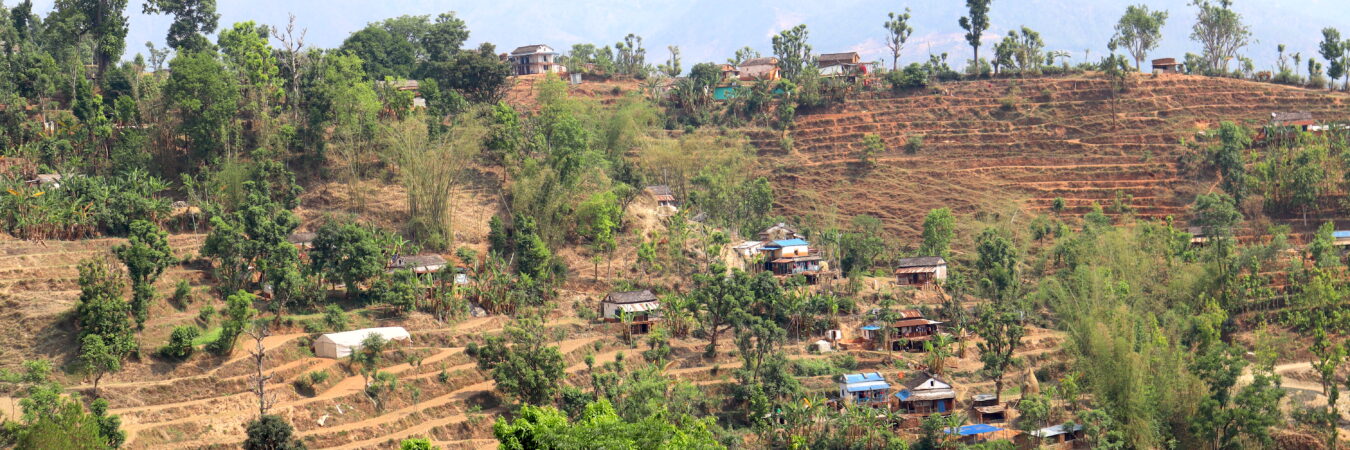
About ANSAB
ANSAB is committed to biodiversity conservation and livelihood improvement. It places community empowerment and economic incentives at the heart of its approach, believing that as people benefit from natural resources, they become more motivated to conserve them.
With over three decades of experience, expertise, and a robust institutional framework, ANSAB is a prominent institution in promoting Nepal’s locally-led biodiversity conservation, through its pioneering enterprise-oriented community-based conservation model, especially in biodiversity hotspots beyond the protected area system. Starting from mid-nineties, ANSAB spearheaded this with its innovative projects, such as the USAID Biodiversity Conservation Network funded community-based ecosystem management and the USAID Global Conservation Program funded enterprise-based biodiversity conservation. The model effectively integrated non-timber forest product (NTFPs) into Community Forest User Groups (CFUGs)’ management plans, earning nationwide recognition for communities’ legal access to NTFPs. Furthermore, the approach expanded to encompass other forest products and ecosystem services, such as forest carbon sequestration, ecotourism, and provision of water.
Using Participatory Action Research (PAR), ANSAB continually refined implementation approaches and methodologies, executing over 100 projects across Nepal, funded by bilateral and multilateral organizations and foundations. Anchored by private sector engagement, multi-stakeholder collaboration, and gender equality and social inclusion (GESI) initiatives; with environmental and social safeguards, as well as an effective grievance redress mechanism in place; and with a dedicated team of over 30 professionals and experts proficient in forestry, enterprise development, and policy research, ANSAB’s efforts have yielded favorable outcomes in biodiversity conservation and sustainable livelihoods.
OUR VISION
ANSAB has a vision of rural South Asia built on rich biodiversity and prosperous communities. This vision includes rich, healthy and productive ecosystems actively managed and sustainably used by formerly poor local communities. It also features adaptive people and resilient ecosystems able to cope with global climate change.
OUR MISSION
Generate and implement community-based, enterprise-oriented solutions that conserve biodiversity and improve the livelihoods of the poorest of the poor while bolstering national economic development and addressing climate change.
